Energy
Marching Towards Energy Efficient Economy
Views : 15
Usually dispatched in 2 to 3 days
Usually dispatched in 2 to 3 days
Category:
Energy
Only logged in customers who have purchased this product may leave a review.
Related books
Wastewater Management Fact Sheet Energy Conservation
INTRODUCTION
Continual increases in energy costs in the United States affect wastewater treatment plants (WWTPs) just as they do other facilities. Energy costs can account for 30 percent of the total op[1]eration and maintenance (O&M) costs of WWTPs (Carns 2005), and WWTPs account for approximately 3 percent of the electric load in the United States. Furthermore, as populations grow and environmental requirements become more stringent, demand for electricity at such plants is expected to grow by approximately 20 percent over the next 15 years (Carns 2005). Energy conservation is thus an issue of increas[1]ing importance to WWTPs. This fact sheet describes possible practices that can be imple[1]mented to conserve energy at a WWTP.
Wastewater Management Fact Sheet Energy Conservation
INTRODUCTION
Continual increases in energy costs in the United States affect wastewater treatment plants (WWTPs) just as they do other facilities. Energy costs can account for 30 percent of the total op[1]eration and maintenance (O&M) costs of WWTPs (Carns 2005), and WWTPs account for approximately 3 percent of the electric load in the United States. Furthermore, as populations grow and environmental requirements become more stringent, demand for electricity at such plants is expected to grow by approximately 20 percent over the next 15 years (Carns 2005). Energy conservation is thus an issue of increas[1]ing importance to WWTPs. This fact sheet describes possible practices that can be imple[1]mented to conserve energy at a WWTP.
Net Zero 2050 A Roadmap For The Global Energy Sector
Summary for policymakers
The energy sector is the source of around three‐quarters of greenhouse gas emissions today and holds the key to averting the worst effects of climate change, perhaps the greatest challenge humankind has faced. Reducing global carbon dioxide (CO2) emissions to net zero by 2050 is consistent with efforts to limit the long‐term increase in average global temperatures to 1.5 °C. This calls for nothing less than a complete transformation of how we produce, transport, and consume energy. The growing political consensus on reaching net zero is cause for considerable optimism about the progress the world can make, but the changes required to reach net‐zero emissions globally by 2050 are poorly understood. A huge amount of work is needed to turn today’s impressive ambitions into reality, especially given the range of different situations among countries and their different capacities to make the necessary changes. This special IEA report sets out a pathway for achieving this goal, resulting in a clean and resilient energy system that would bring major benefits to human prosperity and well‐being.
Net Zero 2050 A Roadmap For The Global Energy Sector
Summary for policymakers
The energy sector is the source of around three‐quarters of greenhouse gas emissions today and holds the key to averting the worst effects of climate change, perhaps the greatest challenge humankind has faced. Reducing global carbon dioxide (CO2) emissions to net zero by 2050 is consistent with efforts to limit the long‐term increase in average global temperatures to 1.5 °C. This calls for nothing less than a complete transformation of how we produce, transport, and consume energy. The growing political consensus on reaching net zero is cause for considerable optimism about the progress the world can make, but the changes required to reach net‐zero emissions globally by 2050 are poorly understood. A huge amount of work is needed to turn today’s impressive ambitions into reality, especially given the range of different situations among countries and their different capacities to make the necessary changes. This special IEA report sets out a pathway for achieving this goal, resulting in a clean and resilient energy system that would bring major benefits to human prosperity and well‐being.
Water Treatment for Fossil Fuel Power Generation
SUMMARY
The process of electricity generation from fossil fuels such as coal, oil and natural gas requires water supplies for a number of essential power plant processes. The primary application of modern water treatment technology is to maintain the integrity and performance of the power plant. Critical plant applications have water purity or conditioning requirements that must be adhered to for safe, reliable and efficient power generation. Experience has shown that integration of water technology treatments with power plant design can be very important in reducing operational problems and component failures.
Water Treatment for Fossil Fuel Power Generation
SUMMARY
The process of electricity generation from fossil fuels such as coal, oil and natural gas requires water supplies for a number of essential power plant processes. The primary application of modern water treatment technology is to maintain the integrity and performance of the power plant. Critical plant applications have water purity or conditioning requirements that must be adhered to for safe, reliable and efficient power generation. Experience has shown that integration of water technology treatments with power plant design can be very important in reducing operational problems and component failures.



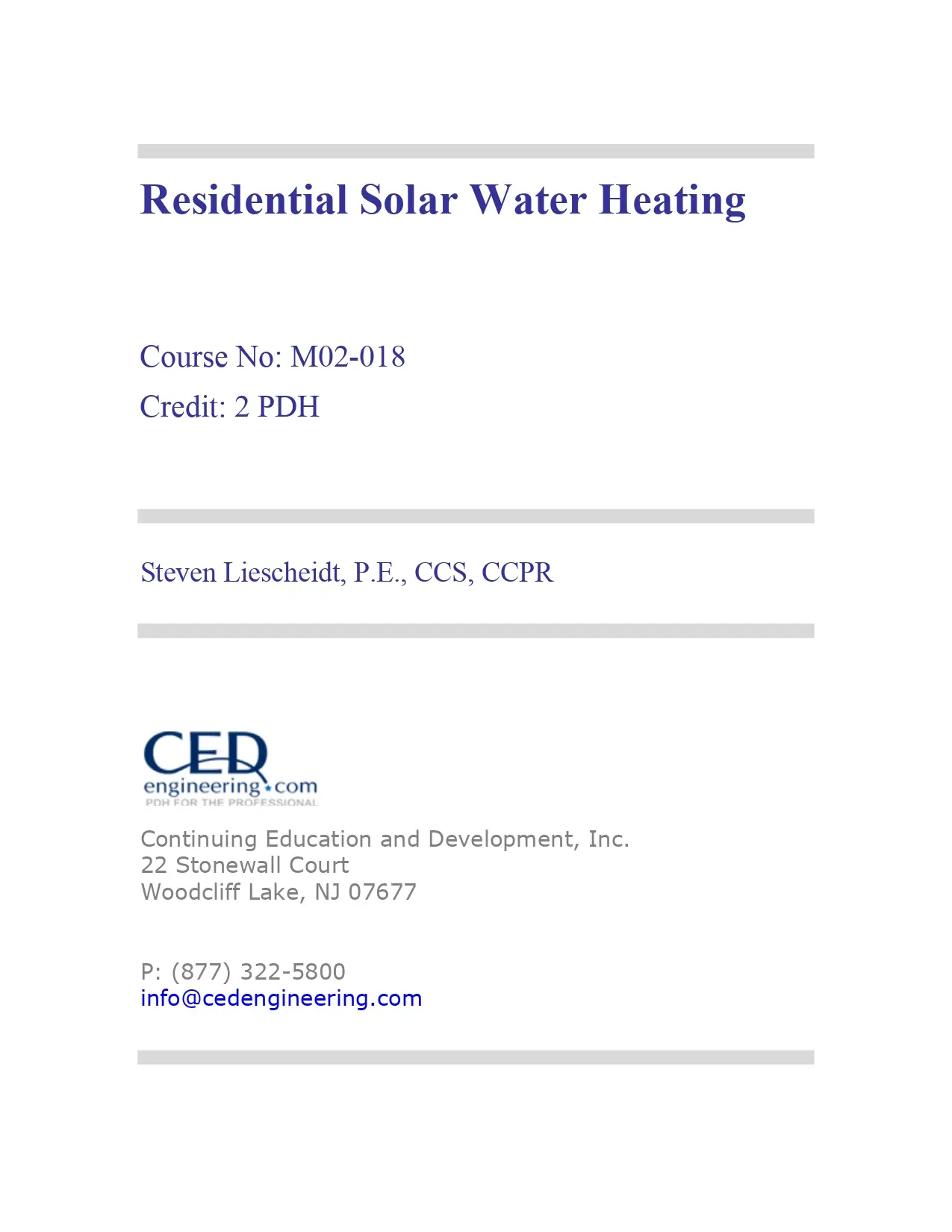
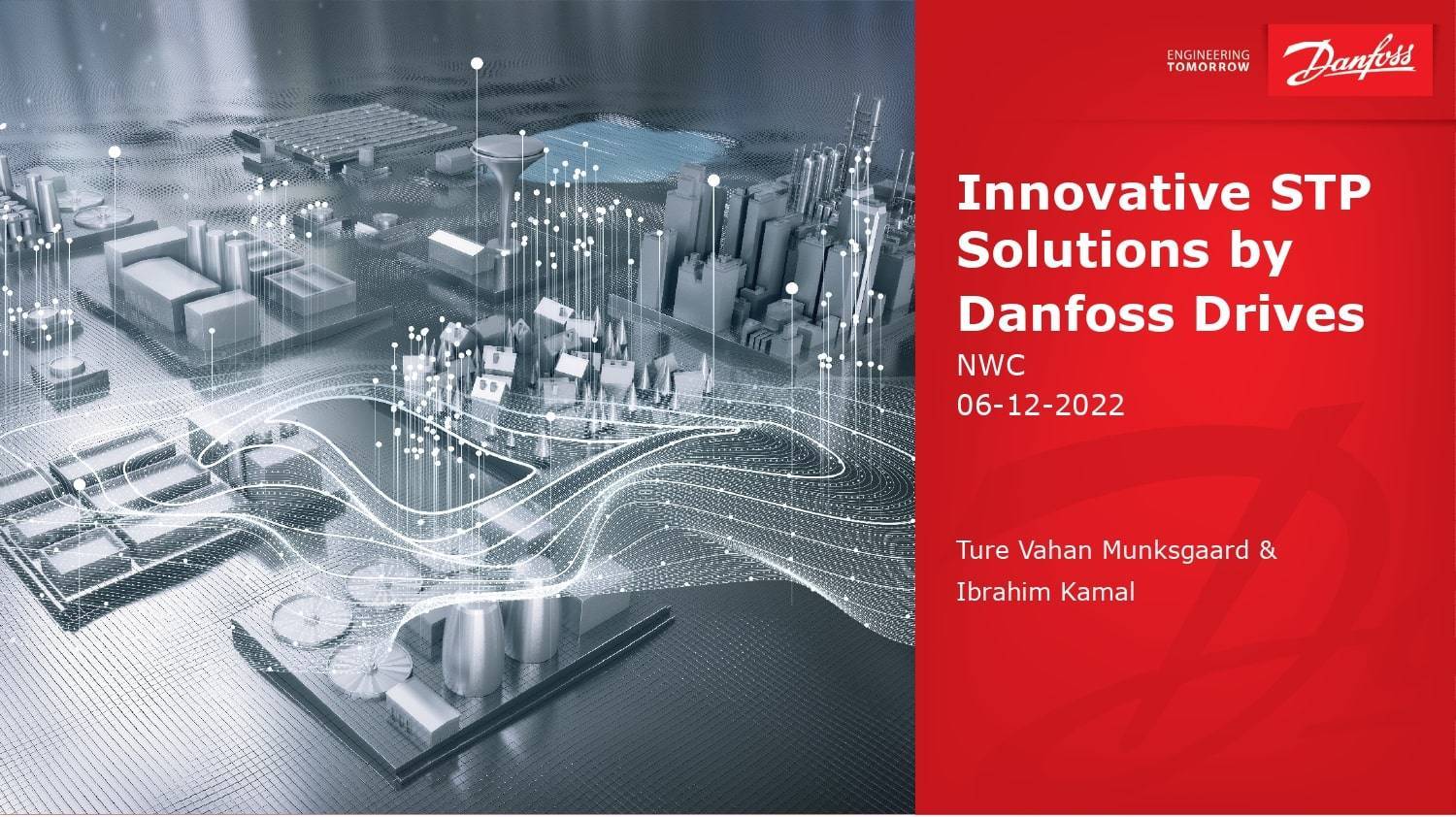
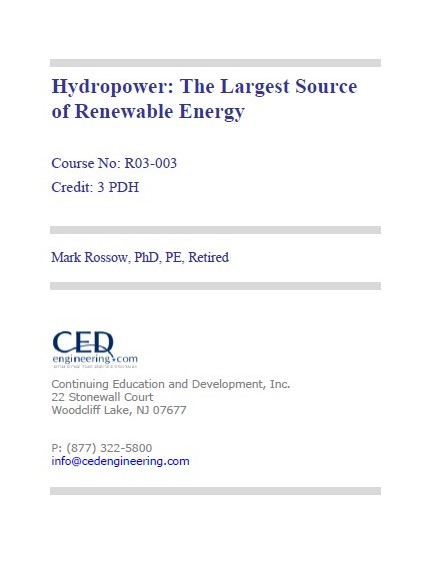
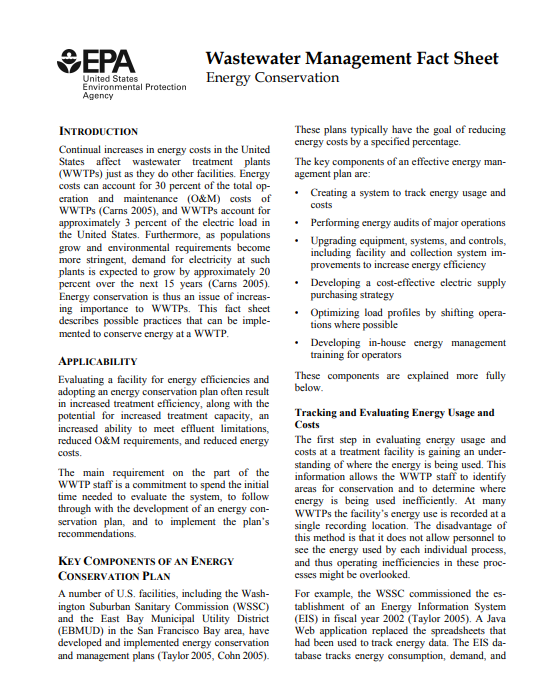
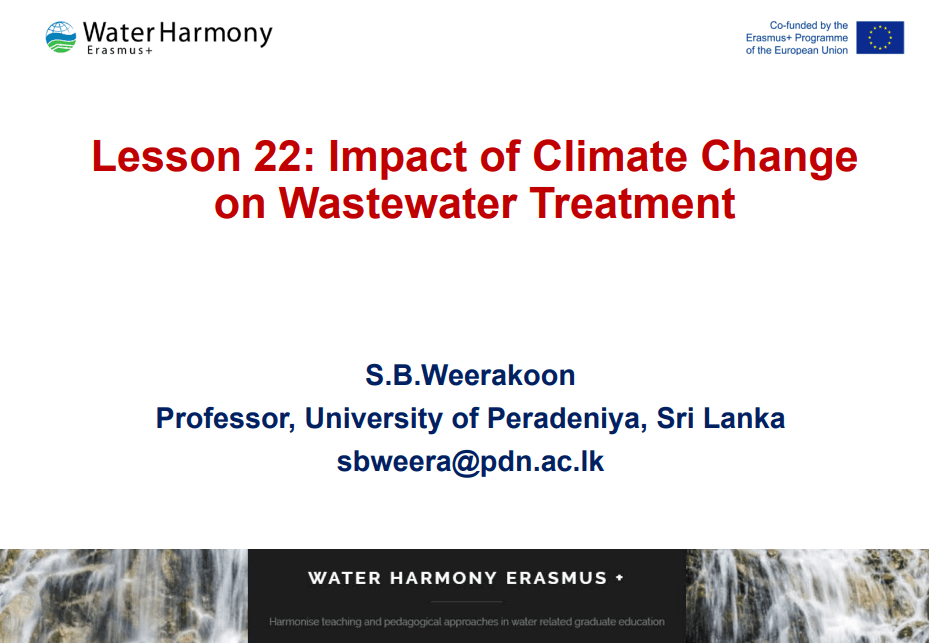

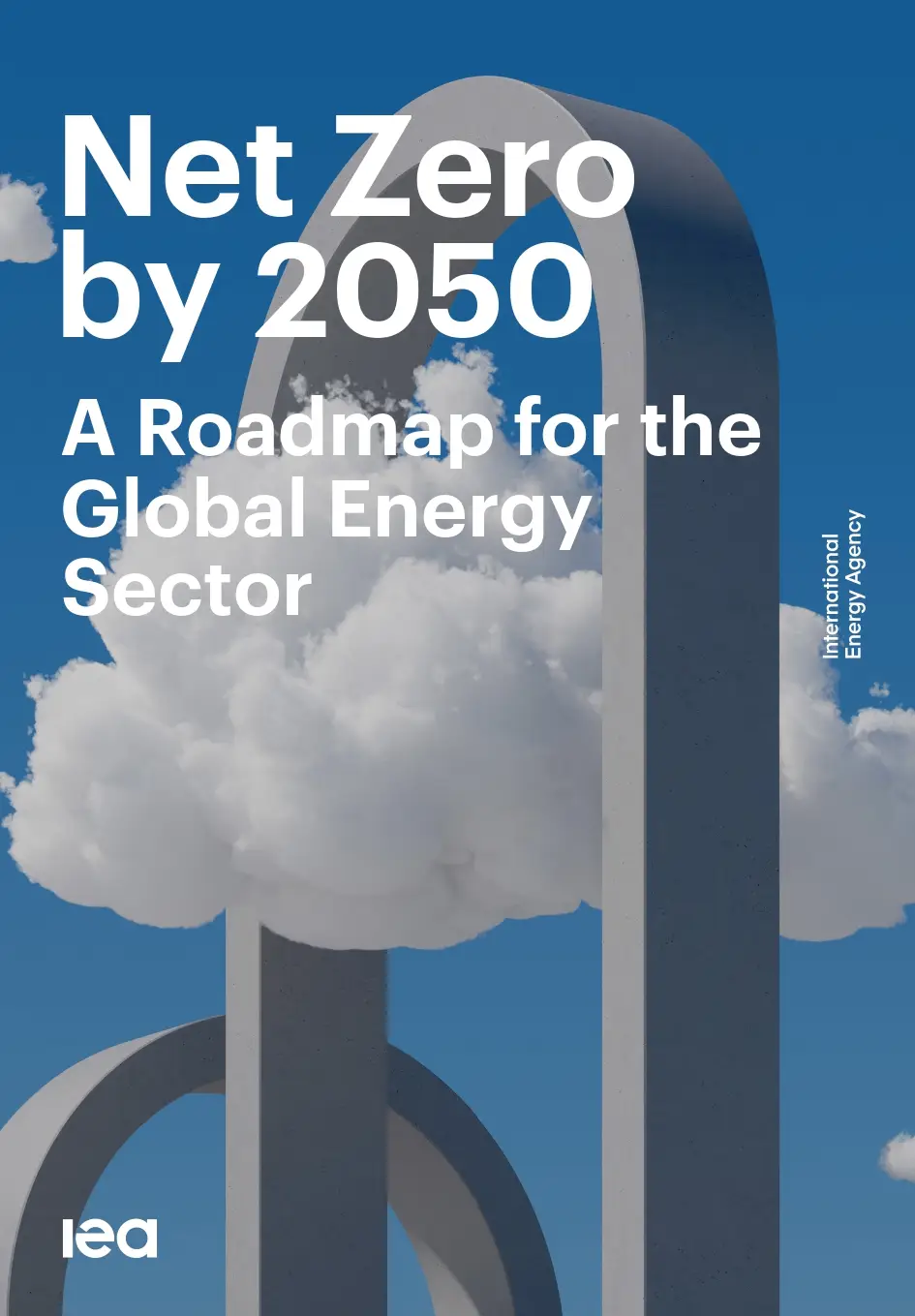

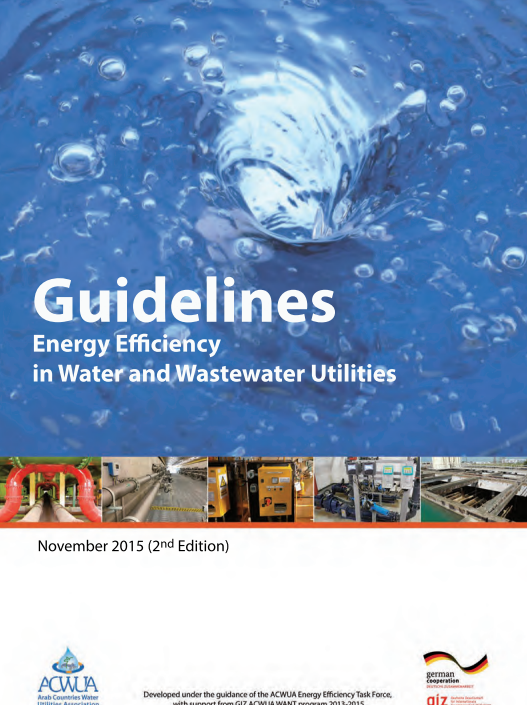
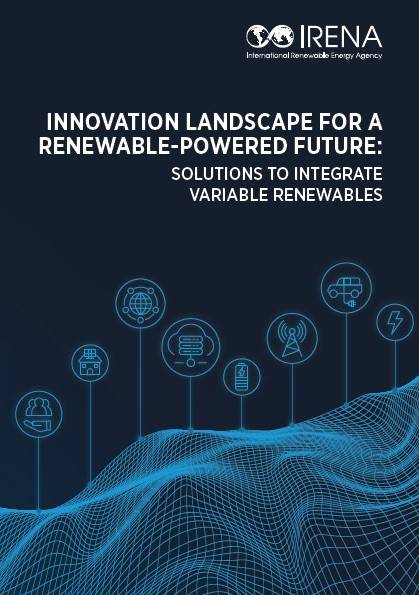


Reviews
There are no reviews yet.